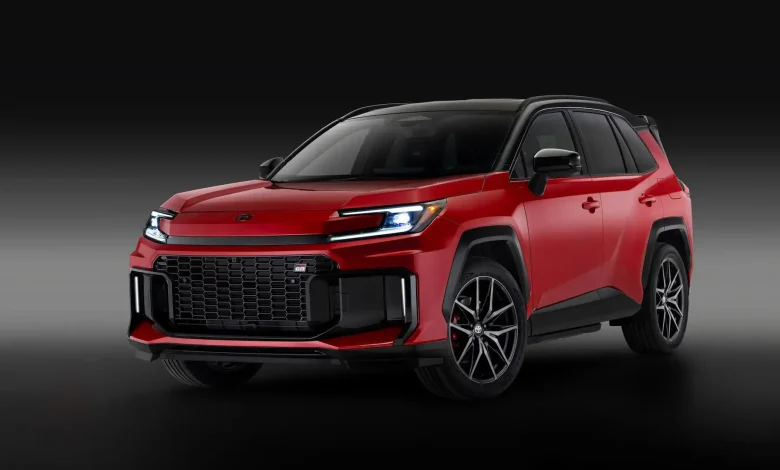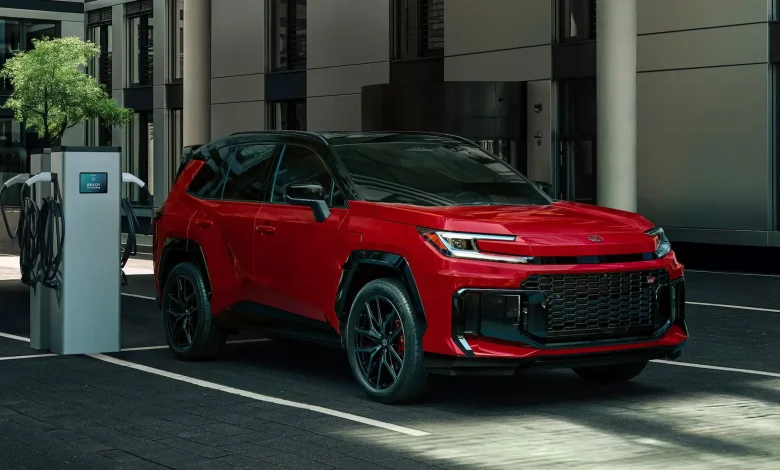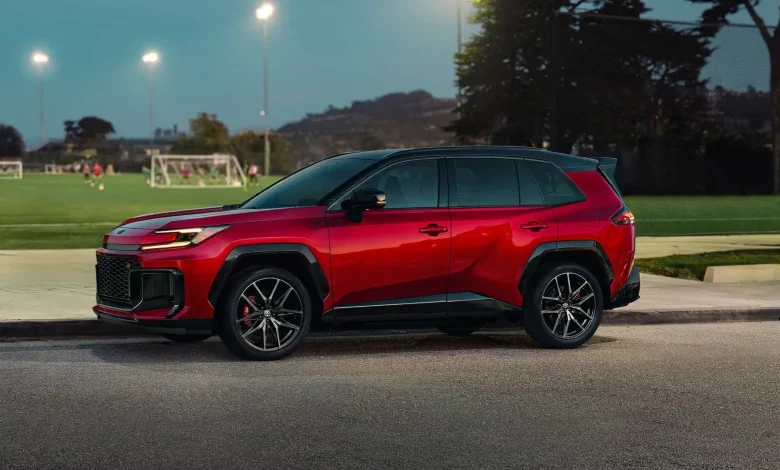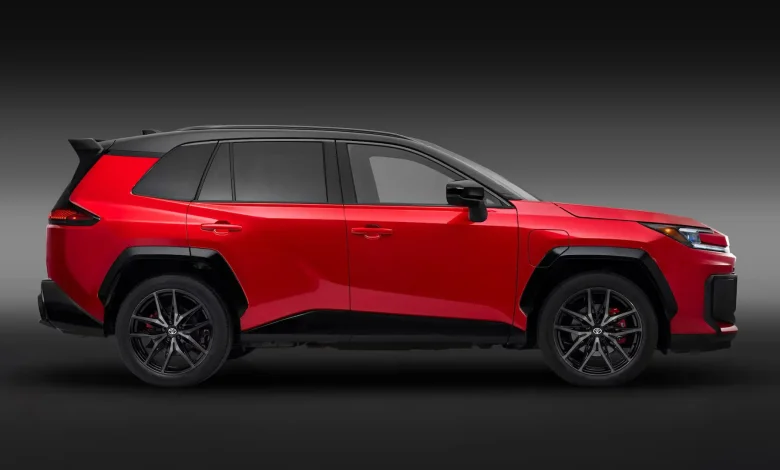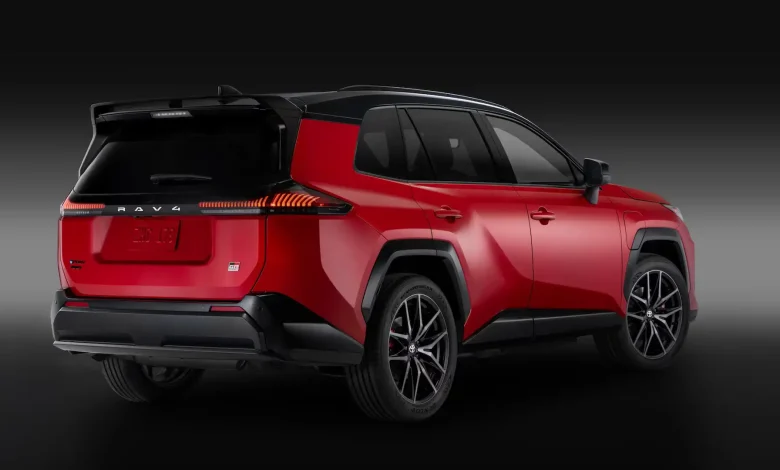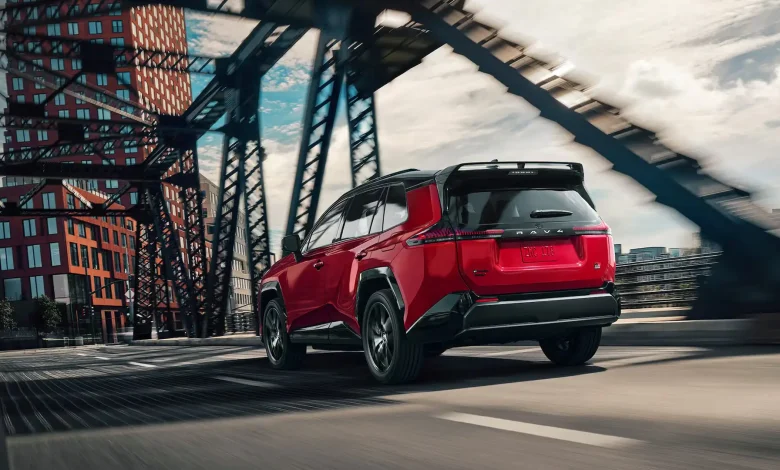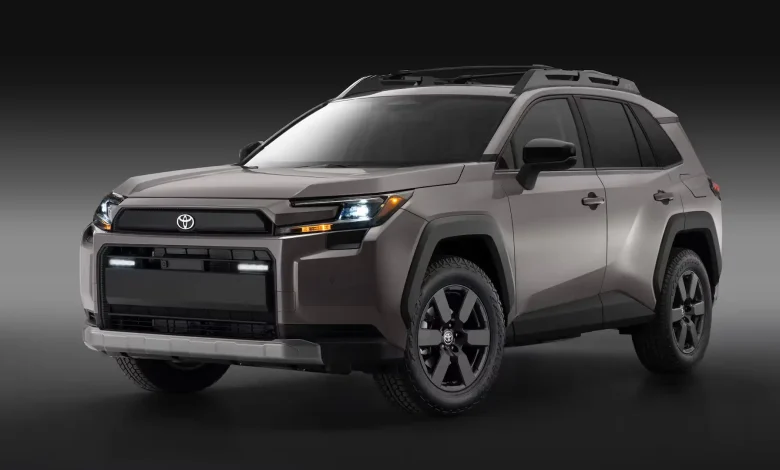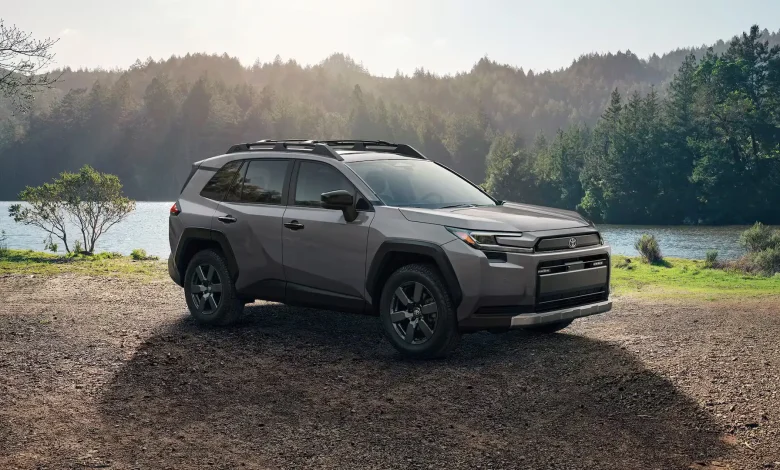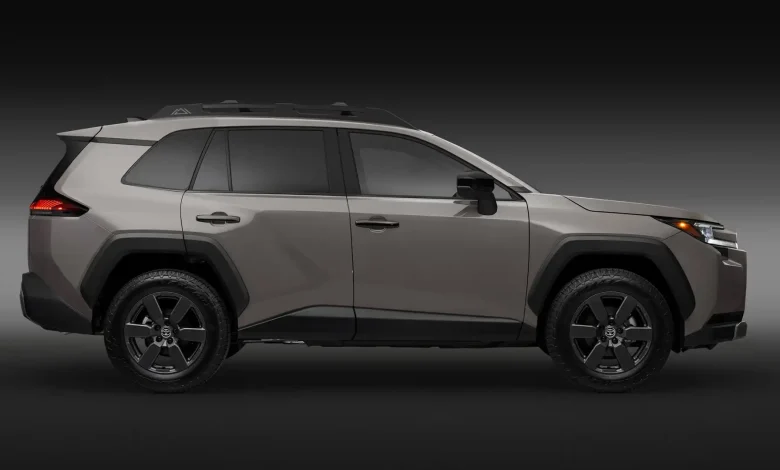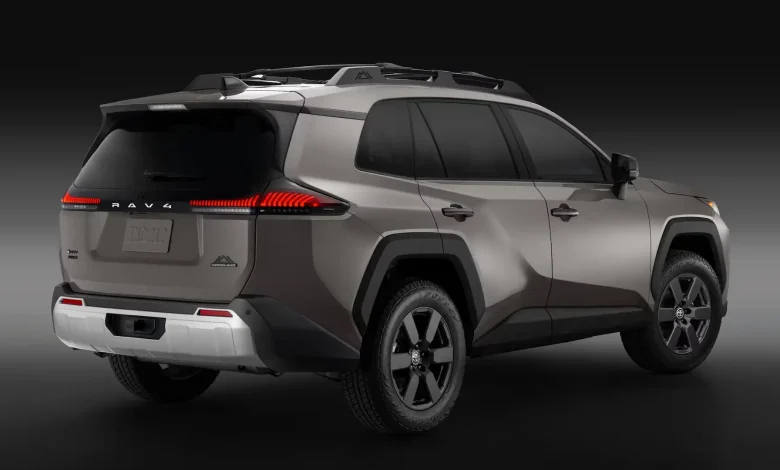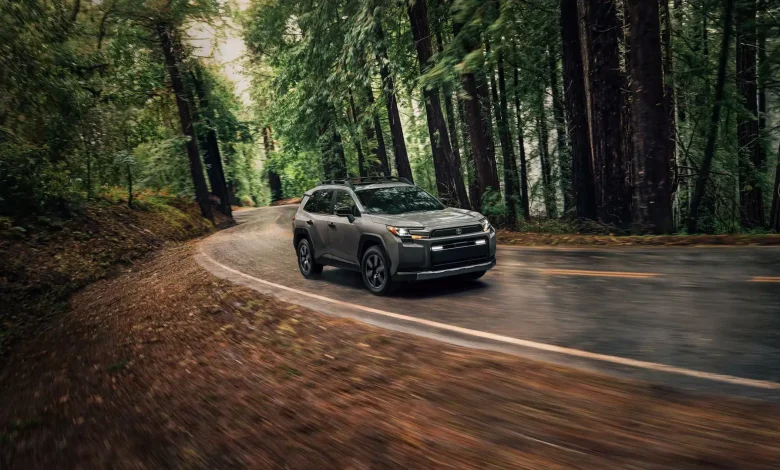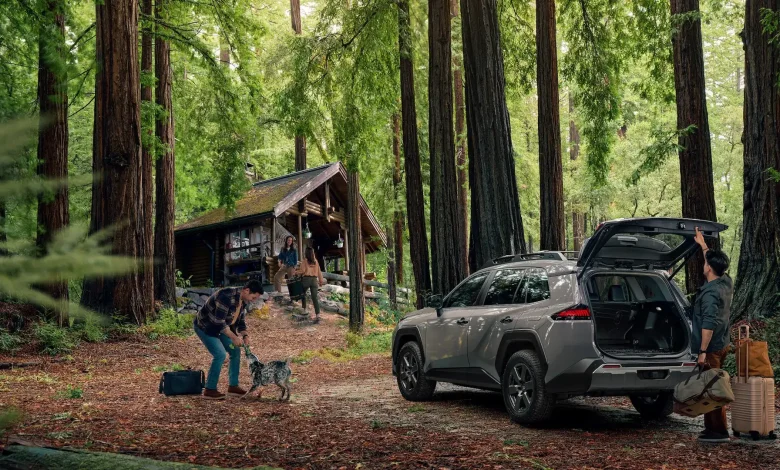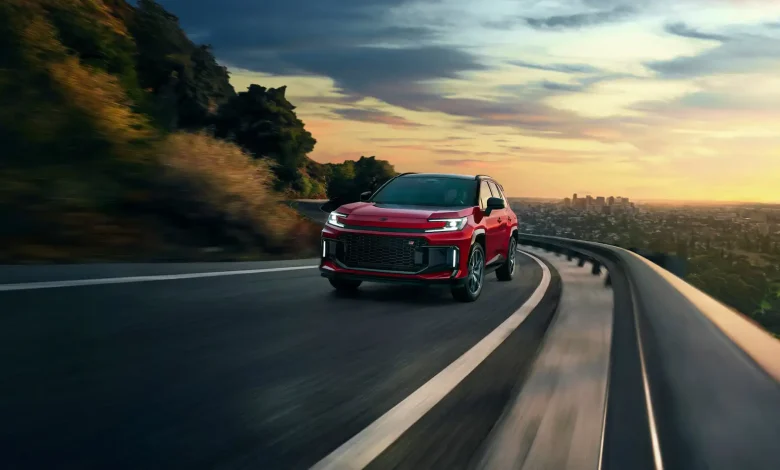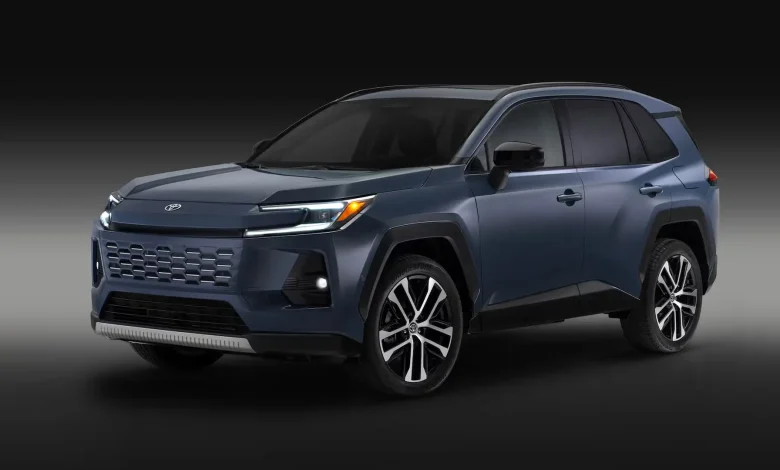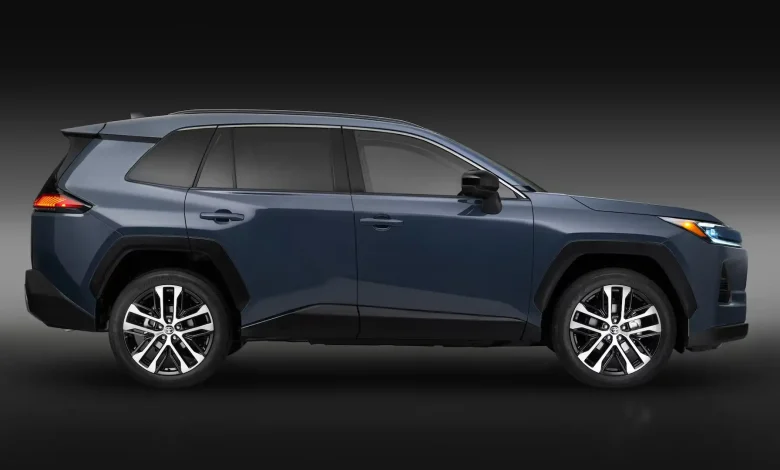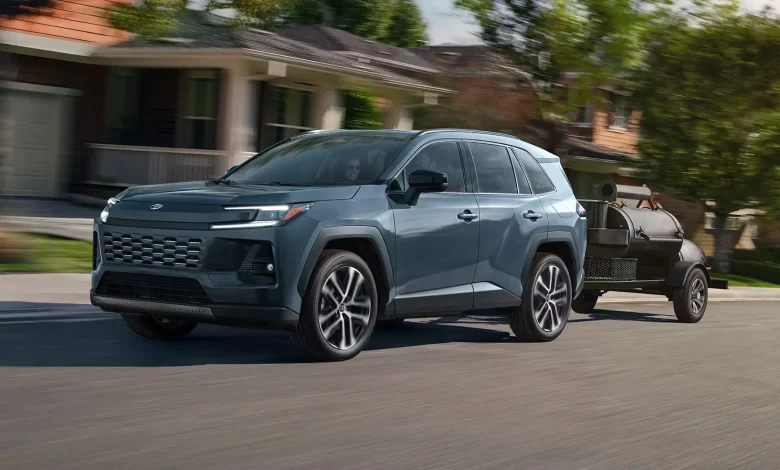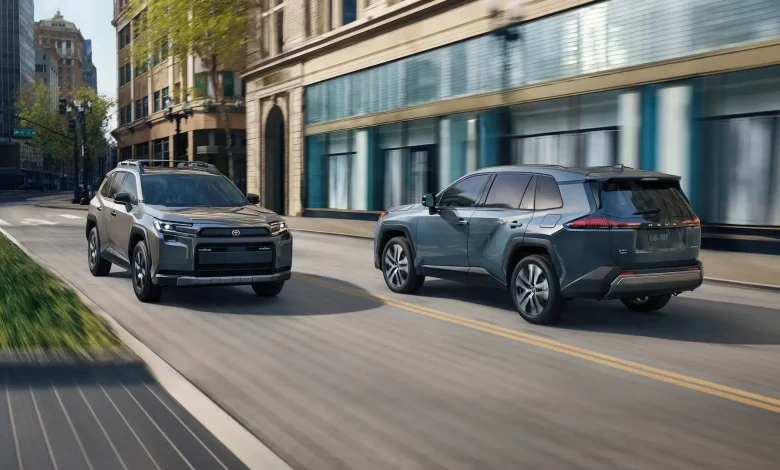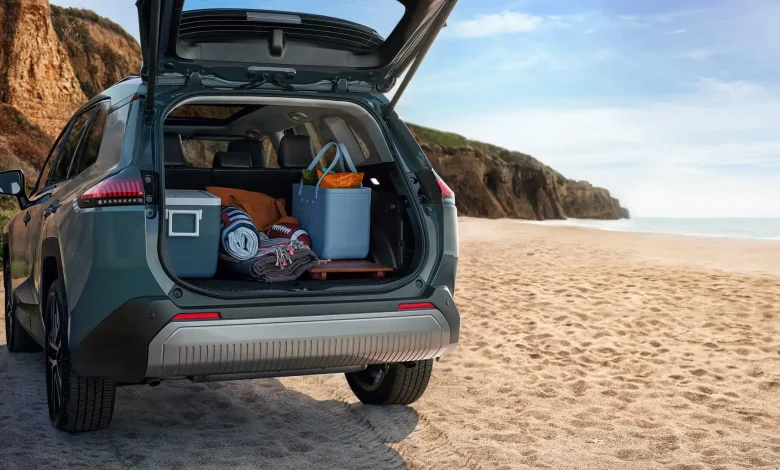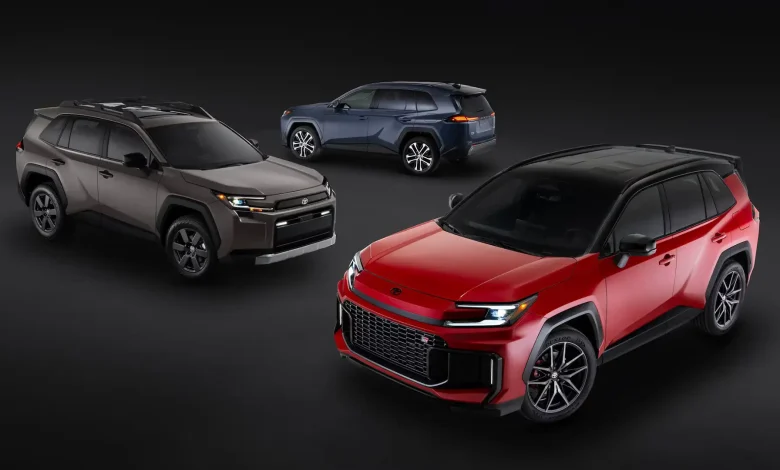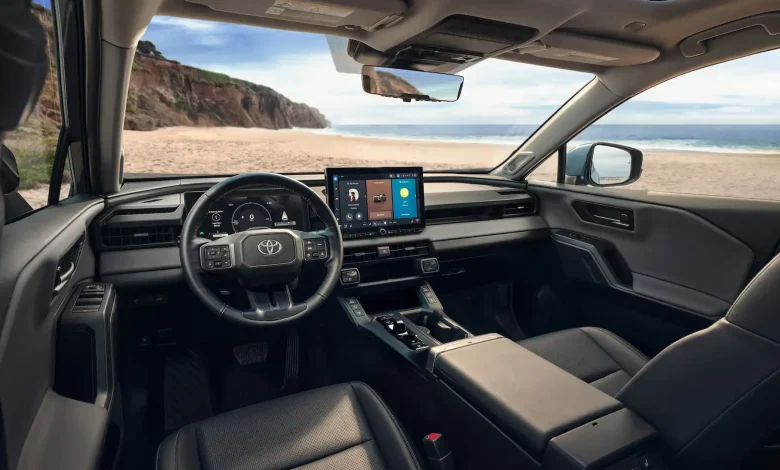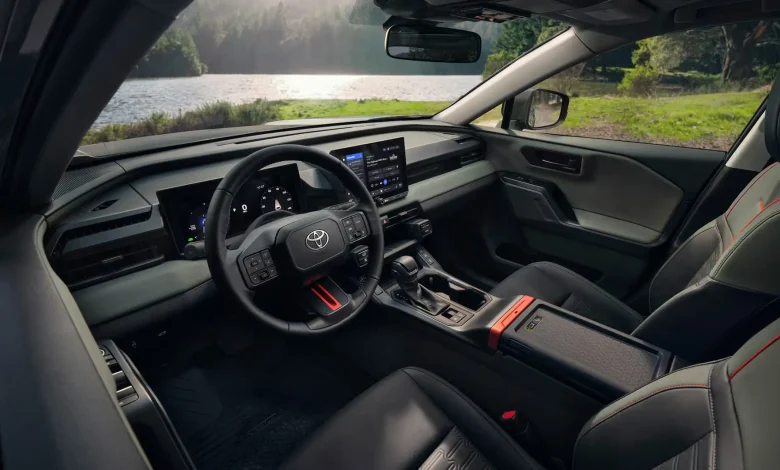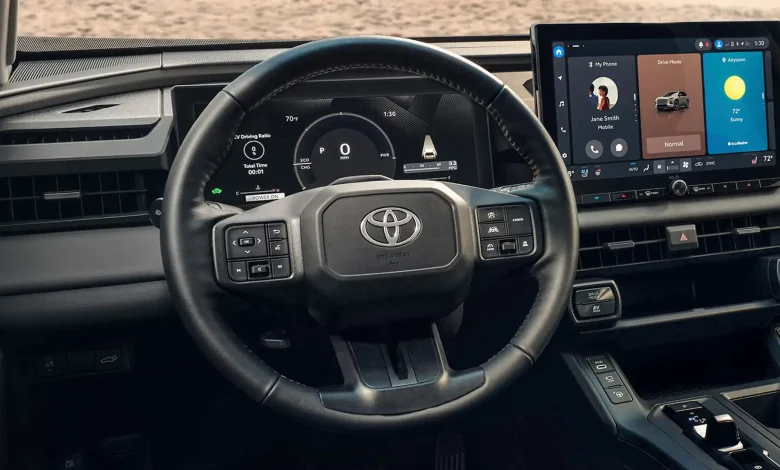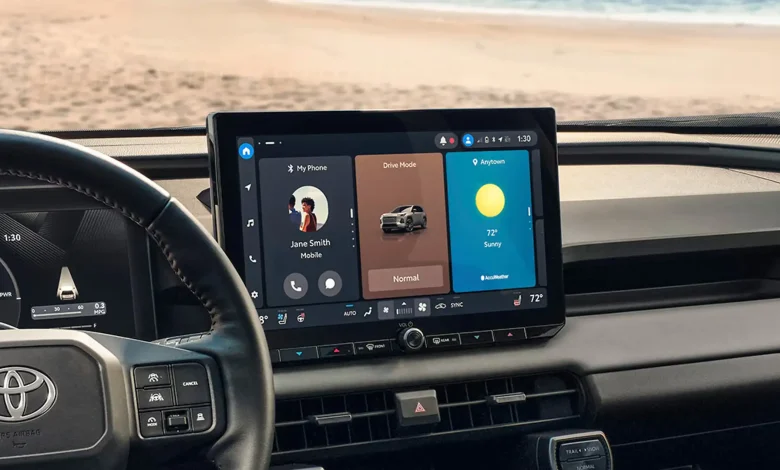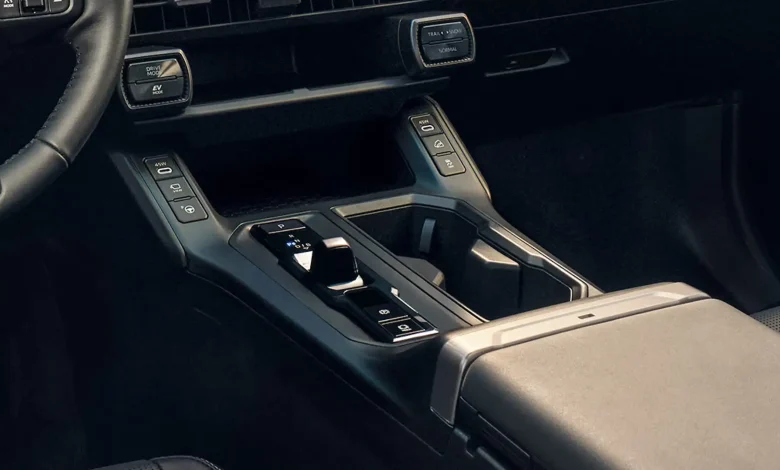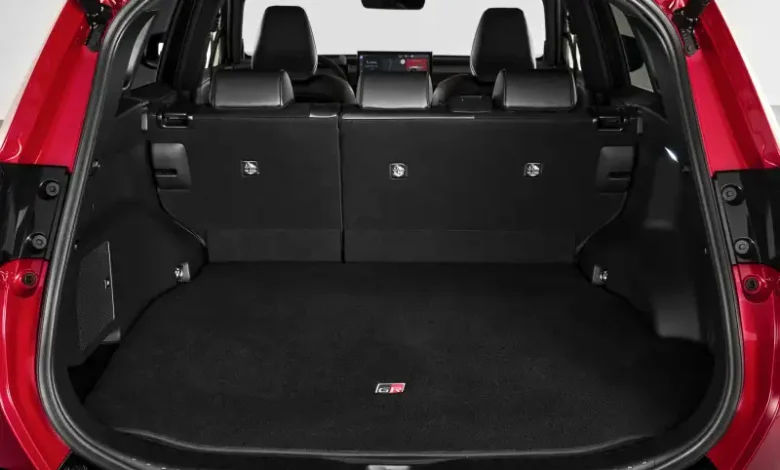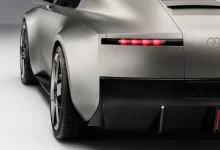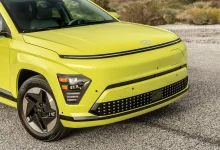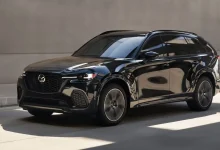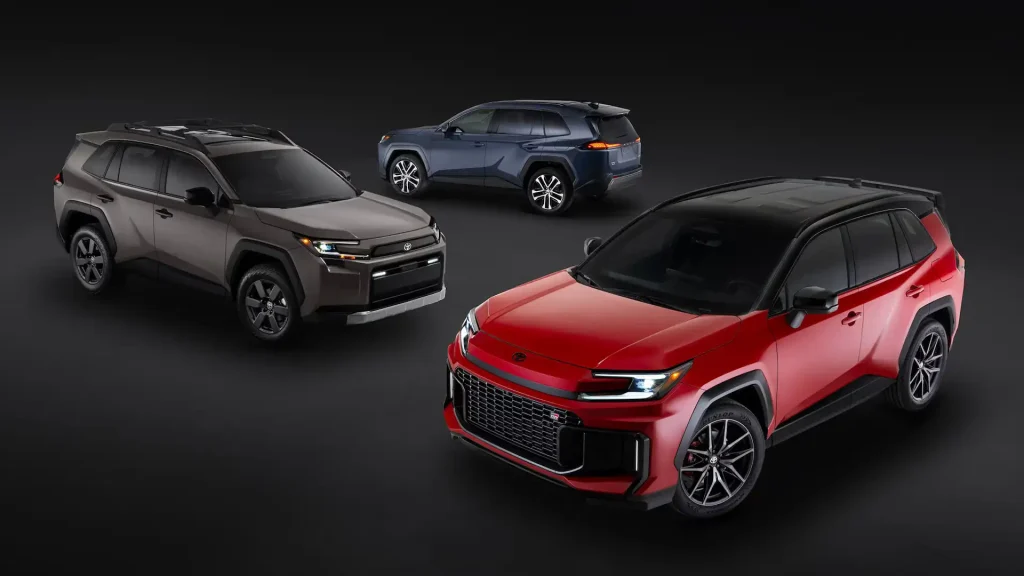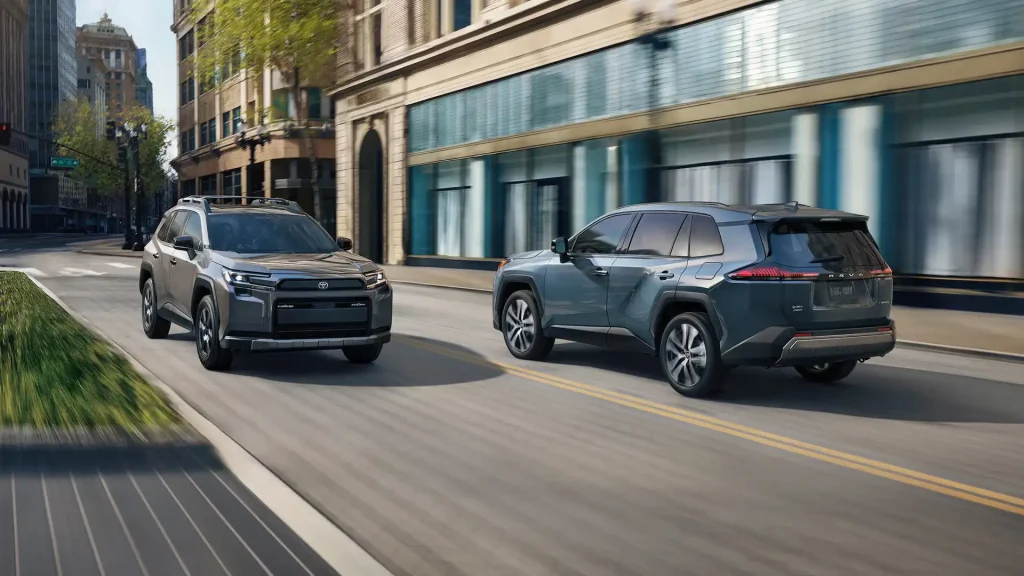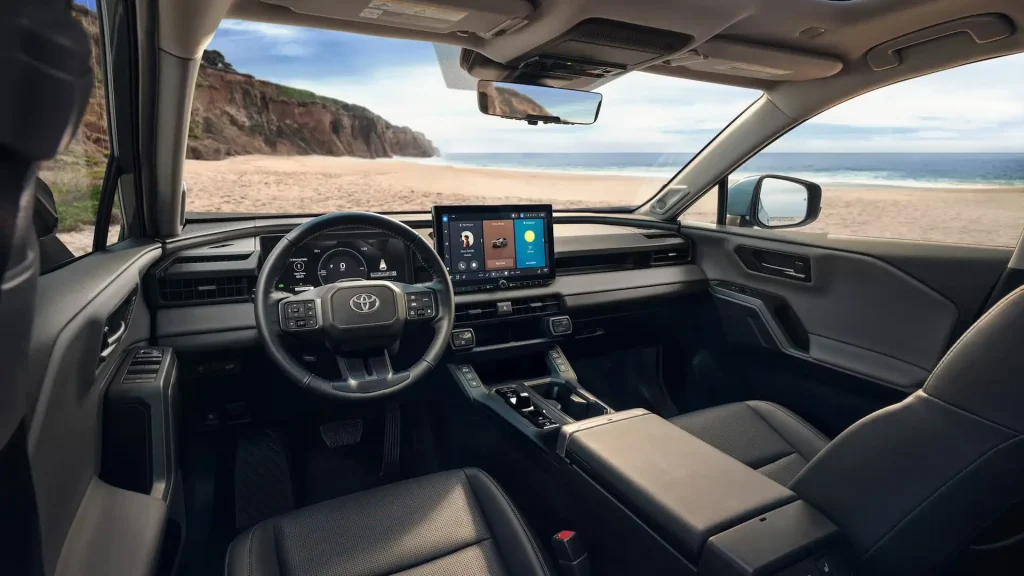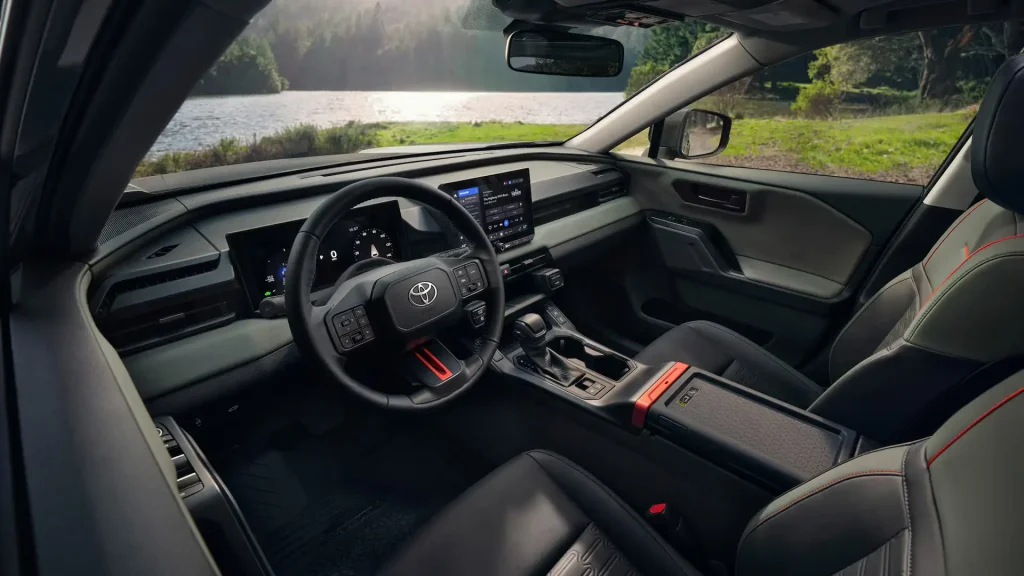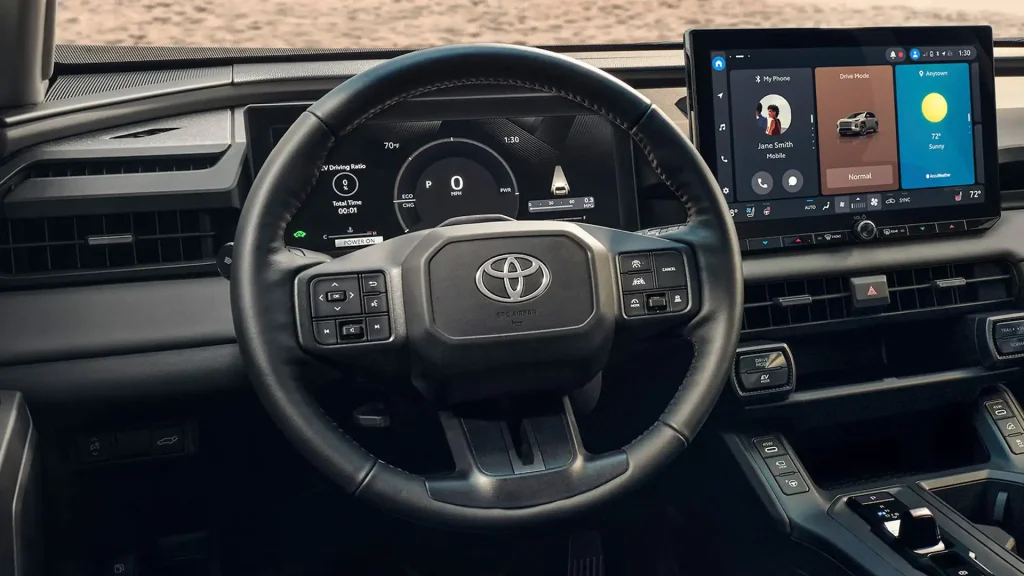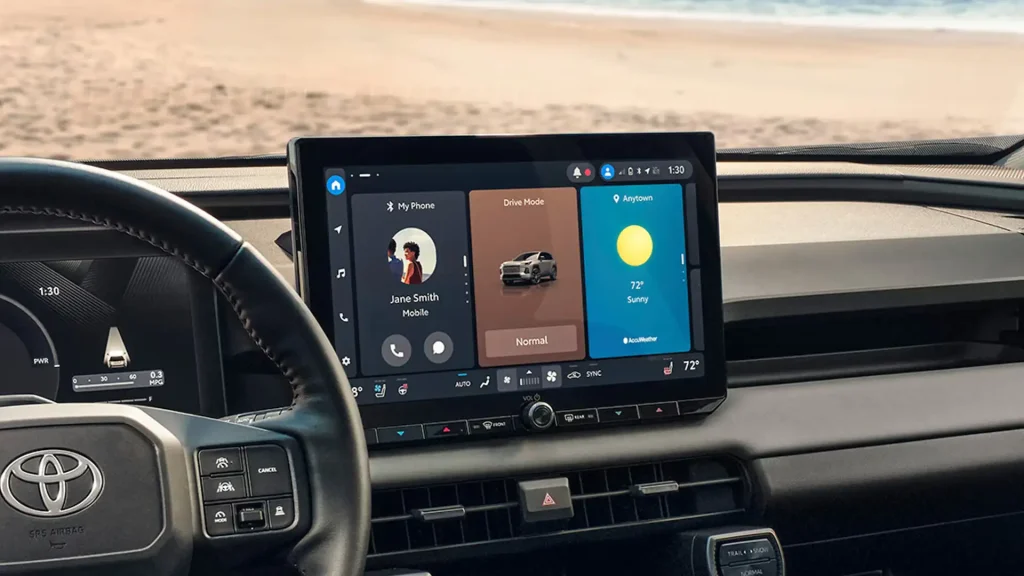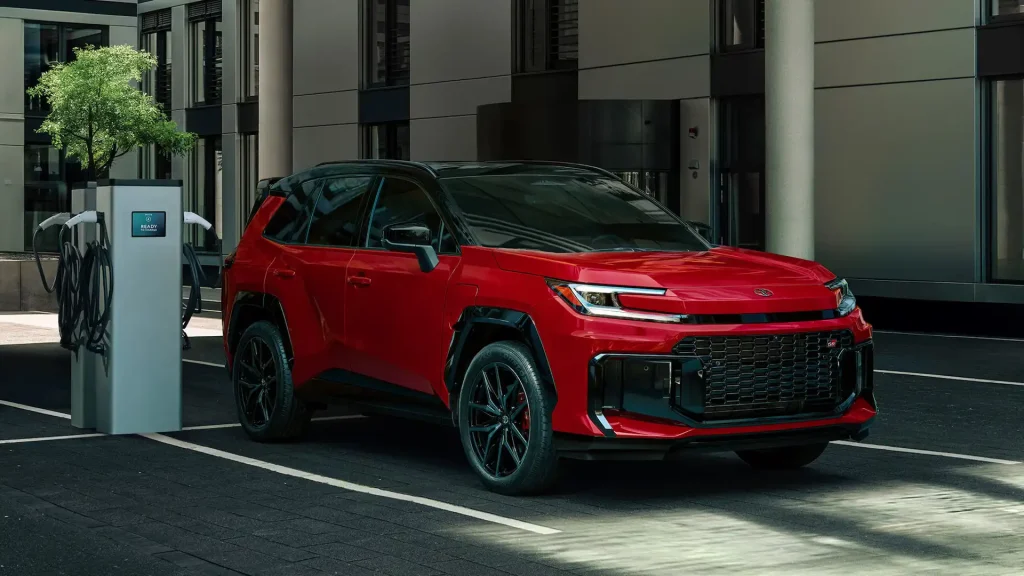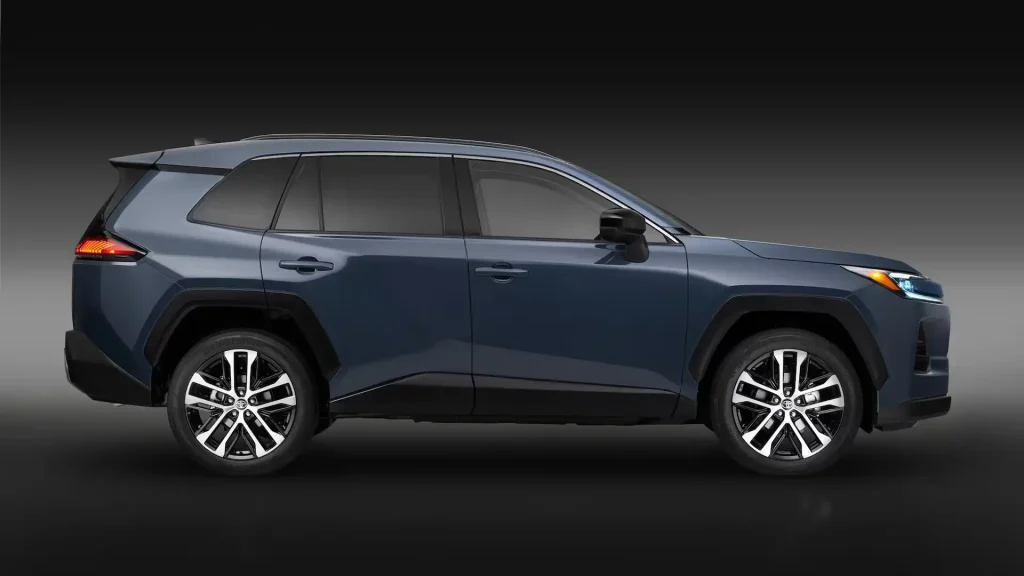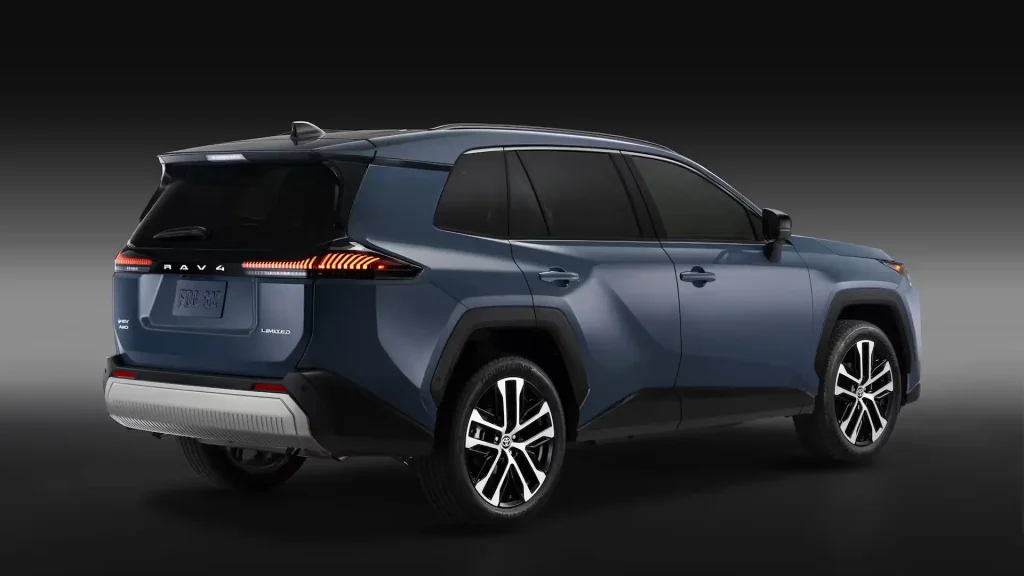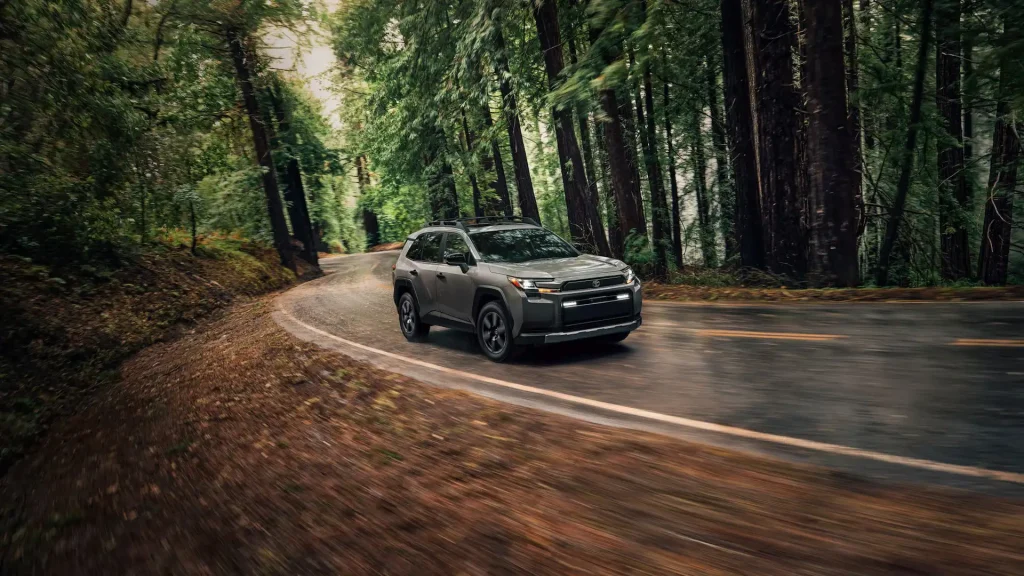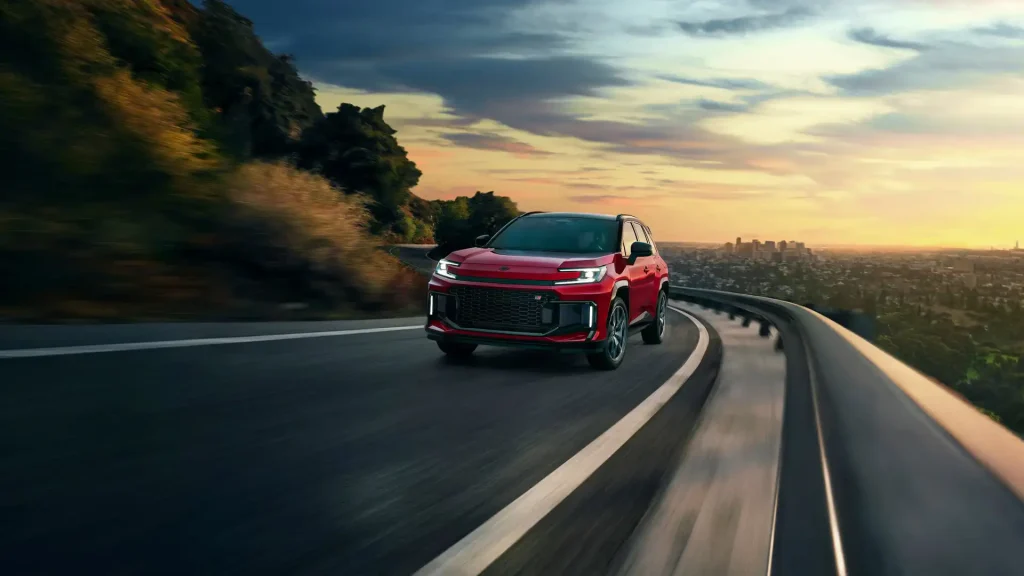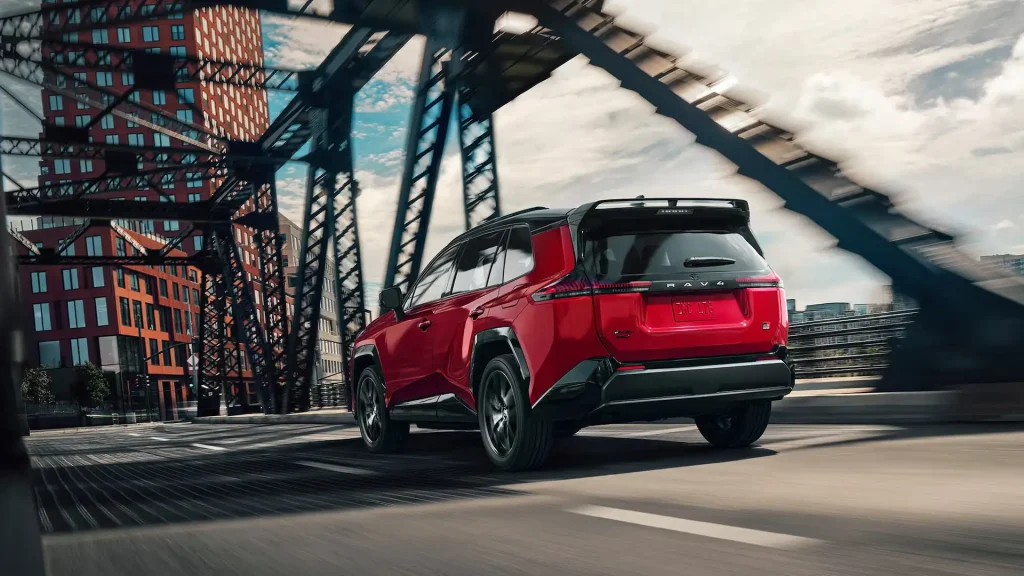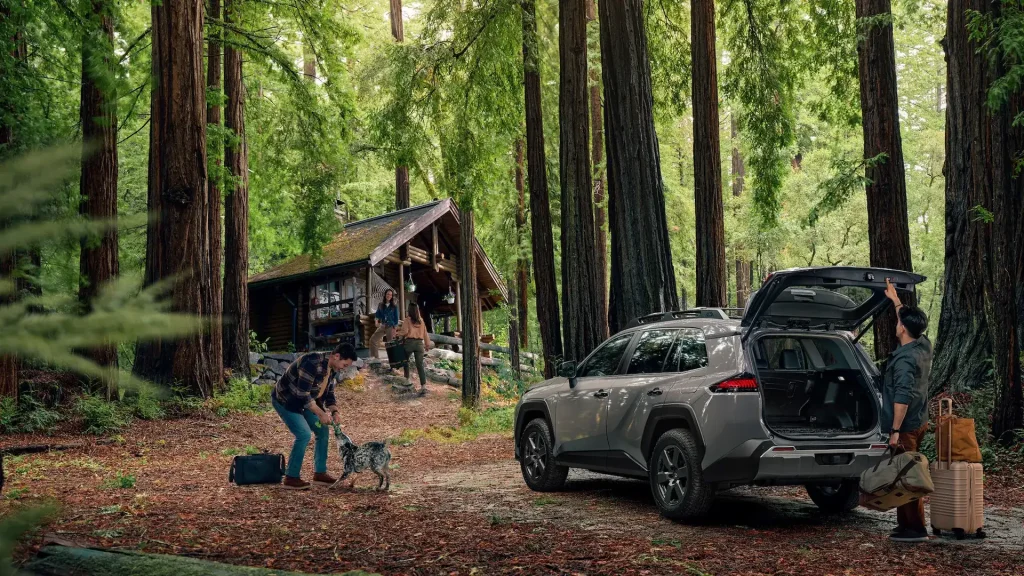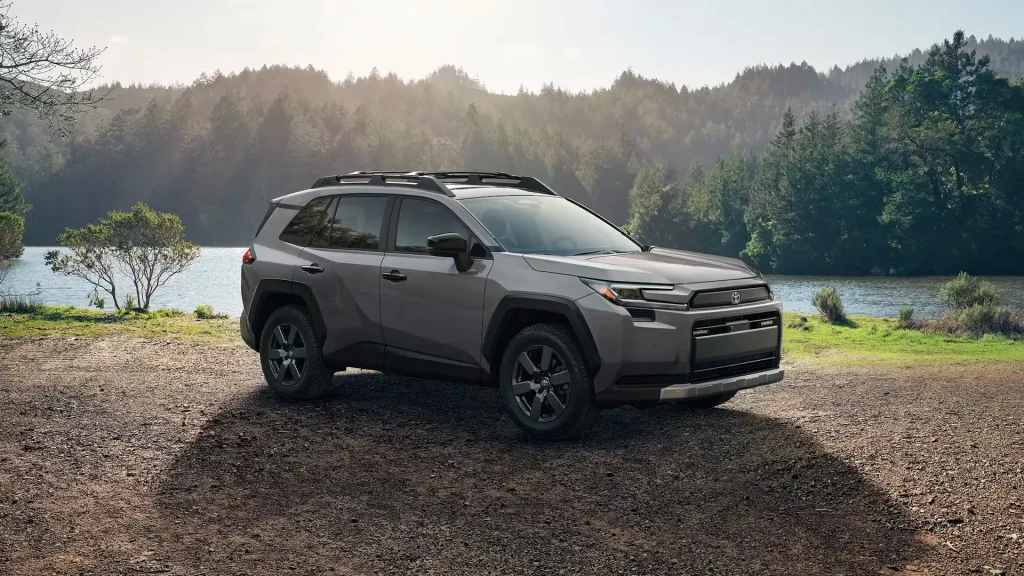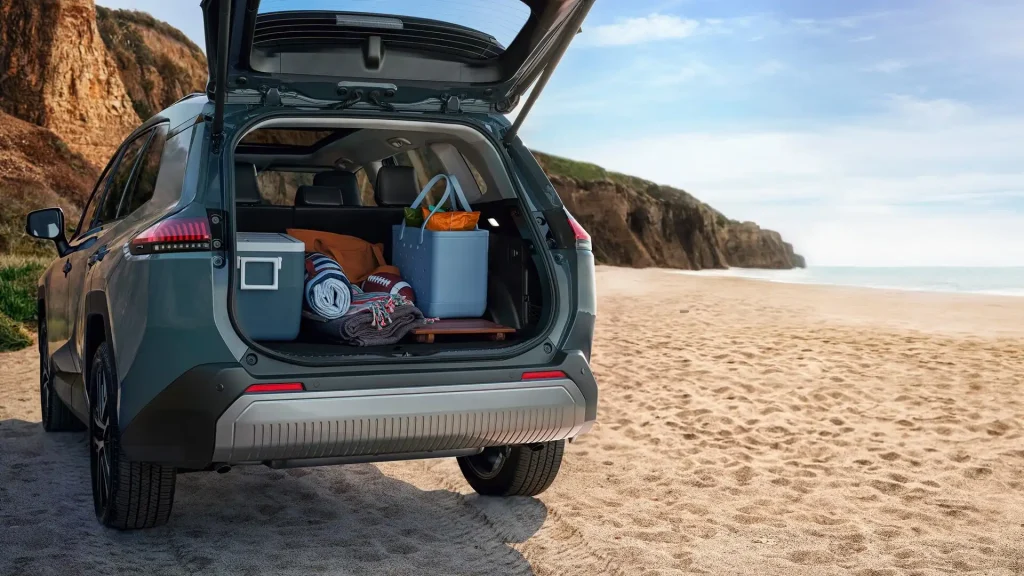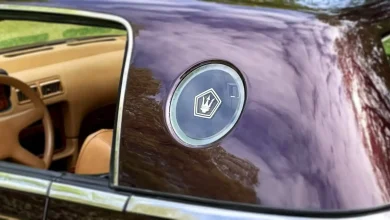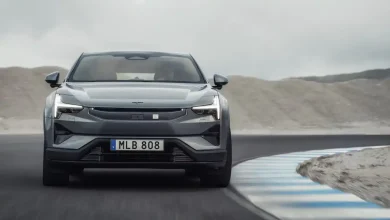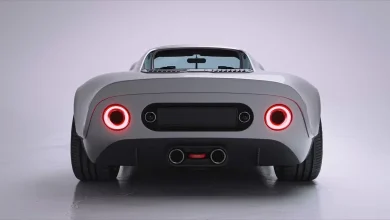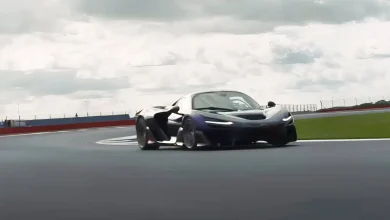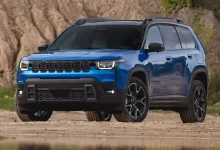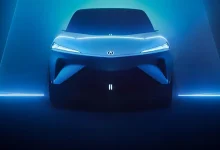2026 Toyota RAV4 First Look: Now All In on Hybrids
Toyota Unveils Fully Redesigned RAV4 with Bold, Boxy Looks and an All-Hybrid Powertrain.
Modern, Boxy Exterior
The 2026 RAV4 embraces a more upright, squared-off design across the lineup, but each trim adds its own twist. Core models—such as the LE, XLE, and Limited—maintain a more classic aesthetic, highlighted by a clean, body-colored grille. The rugged Woodland trim channels the spirit of the 2023 RAV4 Hybrid Woodland Edition, featuring black cladding, a standard roof rack, and aggressive all-terrain tires for a more adventurous look. On the flip side, Sport variants—including the SE, XSE, and the new GR-Sport—lean into a performance-inspired vibe with sporty touches like a rear spoiler and bolder styling elements.
All-wheel drive comes standard on the off-road-oriented Woodland trim, ensuring it’s ready for rougher terrain. Meanwhile, the GR-Sport sets itself apart as the only RAV4 model offered exclusively with the more potent plug-in hybrid powertrain.
The base design of the 2026 RAV4 steers away from the sleek styling seen on models like the Prius or Crown Signia. Instead, it takes inspiration from Toyota’s rugged Land Cruiser lineup, featuring a higher beltline, sharper character lines, and a distinctly boxy profile. Contemporary touches such as split headlights and a body-color grille add a modern flair to the tough, utilitarian look.
The rear of the 2026 RAV4 undergoes some of the most striking updates, showcasing sleek horizontal LED taillights complemented by futuristic vertical light accents. Following Toyota’s current design trend, the “RAV4” name is prominently displayed across the tailgate in bold lettering.
Sport models feature a bigger, more aggressive black grille and beefier body cladding, along with a front fascia dominated by oversized (but purely decorative) air intakes. Glossy black trim replaces the matte pieces seen on Core and Rugged trims, while a contrasting black roof, rear spoiler, and distinctive 20-inch wheels shod in summer tires round out the sporty, dynamic appearance.
The Woodland trim stands out with a squarer grille, Rigid Industries LED foglights, and rugged all-terrain tires. Unique among the lineup, it features Toyota’s logo directly on the grille instead of the bodywork. Practical touches include a standard roof rack with crossbars and a tow hitch—perfect not only for towing but also for mounting bike racks or other outdoor gear.
While the Woodland trim doesn’t have a suspension lift, its more aggressive all-terrain tires raise the ride height by about 0.8 inches. Exact details like ground clearance and approach, breakover, and departure angles haven’t been released yet, but it’s unlikely this model is designed for serious off-roading.
More Tech, More Versatility
Though the current RAV4’s interior covers the basics well, it feels a bit outdated compared to newer rivals. The 2026 model introduces a modernized cabin loaded with advanced technology and a redesigned, more spacious center console that boosts overall versatility and convenience.
The console’s smart two-tier layout offers dedicated spaces for multiple smartphones while keeping cupholder space intact—and still leaves plenty of room for wallets, keys, and other daily essentials.
Front-seat passengers benefit from a built-in tray integrated into the dashboard. Flanking the center stack are two square knobs that manage drive modes and all-wheel-drive settings, while the cupholders include a removable insert to fit larger bottles or gear. The center console features a dual-hinged compartment that opens from both the driver’s and passenger’s sides for added convenience.
The Core trim features a compact shifter operating a new shift-by-wire system, whereas the Sport and Rugged trims are equipped with a bulkier shifter—reminiscent of the one found in the Tacoma—that occupies more space.
All 2026 RAV4 models come standard with a 12.3-inch digital instrument cluster, a major upgrade from the 7-inch screen in the 2025 version. This larger display places navigation graphics directly in the driver’s line of sight, helping to keep attention on the road.
The infotainment system also receives a significant upgrade. LE, XLE, SE, and Woodland trims come with a crisp 10.5-inch high-resolution touchscreen, while the Limited, XSE, and GR-Sport models feature a larger, immersive 12.9-inch display.
Every 2026 RAV4 is equipped with Toyota’s latest infotainment system, already featured in models like the Tundra, Tacoma, and Camry. Wireless Apple CarPlay and Android Auto come standard, and Toyota has improved the voice control system for quicker, more natural responses.
The climate controls combine physical buttons and touchscreen features—temperature settings are adjusted with buttons below the screen, while digital ventilation controls remain fixed at the bottom of the display.
The RAV4 has never aimed for luxury, and the 2026 model stays true to that approach. Inside, all versions we saw sport a mostly black-on-black color scheme, with subtle accent hues that change depending on the trim level.
Although the understated design isn’t a negative in itself, we can’t help but wish Toyota’s designers had introduced some bolder color options. The Limited model we inspected featured Toyota’s SofTex faux-leather upholstery, which extended onto the front door panels, lending the interior a more polished, upscale feel.
Woodland models also feature SofTex seats, enhanced with an embossed pattern, along with durable rubber floor and cargo mats. A bold bright orange trim on the steering wheel and center console adds a distinctive touch to the interior.
At the sportier end, GR-Sport models showcase sueded sport seats with moderate bolstering, GR logos embroidered on the headrests and steering wheel, and striking red stitching throughout.
One feature we’ve always liked about the current RAV4 is its rear doors that open nearly 90 degrees, making entry and exit easy. However, during our inspection of several 2026 prototypes, we noticed some didn’t have this wide door swing—a detail we hope Toyota will retain in the final production models.
Despite this, the rear passenger space remains impressively roomy, thanks in part to a nearly flat floor. Cargo capacity seems competitive within its class, though official specifications have yet to be released.
Familiar Hybrid Powertrains
Debuted in the 2025 Camry, Toyota’s fifth-generation hybrid system features a 2.5-liter four-cylinder engine. It delivers 226 horsepower in front-wheel-drive models and 236 horsepower when paired with all-wheel drive.
For those seeking extra power, the Rugged and Sport trims offer a revamped plug-in hybrid system—a 2.5-liter four-cylinder engine paired with a larger battery and dual electric motors—producing up to 320 horsepower. This peak output likely applies to the GR-Sport models, while the SE and XSE trims may feature slightly lower horsepower ratings.
Thanks to a larger battery and other upgrades, the plug-in hybrid now offers an impressive estimated electric-only range of 50 miles—an 8-mile boost over the outgoing RAV4 Prime model, whose “Prime” name is being retired for now. Transmission details haven’t been disclosed, but both powertrains likely use a CVT, similar to the setup in the Camry.
Detailed powertrain specs—including battery capacity and electric motor outputs—are still limited, but we’ve been told the traditional hybrid benefits from upgrades to the transaxle, power control unit, battery, and other key components.
XSE and Woodland models equipped with the plug-in hybrid system support DC fast charging, with Toyota estimating a 30-minute charge time from 10 to 80 percent. While not revolutionary, it’s a welcome improvement for faster charging on select PHEV trims. These versions feature a CCS1 charging port, whereas the SE and GR-Sport PHEV models come with a J1772 port. Additionally, Level 2 charging will be quicker across the board thanks to an 11-kW AC onboard charger.
Fuel economy figures are still pending, but we expect a modest improvement over the current ratings of 41/38/39 mpg city/highway/combined—especially with the hybrid now offered in front-wheel-drive configurations.
Towing capacity has risen to 3,500 pounds for most AWD models, excluding the LE trim. Meanwhile, the LE AWD and all front-wheel-drive versions have a towing limit of 1,750 pounds.
The 2026 Toyota RAV4 continues to use Toyota’s TNGA-K platform, shared with the current generation. However, improvements to the unibody structure and suspension mounting points enhance rigidity, aiming to provide a smoother, more comfortable ride.
A Tech-Forward RAV4
The 2026 RAV4 introduces Arene, a new software development platform developed in-house by Woven by Toyota. While specifics are limited, Arene forms the foundation for the SUV’s safety, security, and connectivity systems. It enables over-the-air updates not only for infotainment but also potentially for advanced driver-assistance features, ensuring the RAV4 continues to improve well beyond its initial delivery.
The 2026 Toyota RAV4 will also be the first Toyota model to come equipped with the all-new Toyota Safety Sense 4.0. Although full details will be released closer to its launch, we expect this advanced suite of safety technologies to be standard on every trim, supported by upgraded hardware.
On Sale Later This Year
The 2026 Toyota RAV4 is scheduled to hit dealerships toward the end of 2025, with prices expected to start around $35,000—about $1,305 higher than the current RAV4 Hybrid. While this starting price is notably above some competitors, strong demand for hybrids across the U.S. continues to drive sales. In fact, the current RAV4 Prime spends less time on dealer lots than most vehicles nationwide.
2026 Toyota RAV4 Specifications
|
BASE PRICE |
$35,000-$50,000 (MT est) |
|
LAYOUT |
Front-engine, FWD/AWD, 5-pass, 4-door SUV |
|
ENGINES |
2.5L/226-236 hp hybrid; 2.5L/320-hp plug-in hybrid |
|
WHEELBASE |
105.9 in |
|
L x W x H |
180.9-181.8 x 73.0-74.0 x 66.4-67.8 in |
|
0–60 MPH |
6.0-7.5 sec (MT est) |
|
ON SALE |
Fall 2025 |
